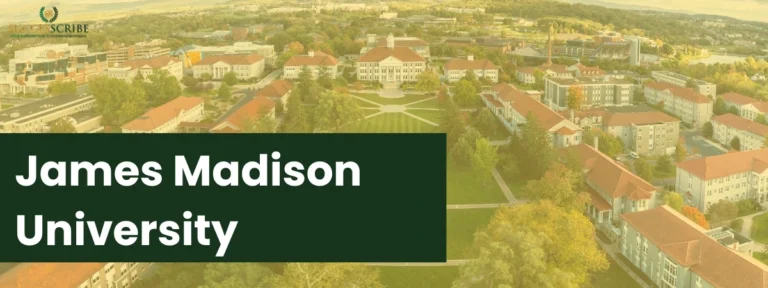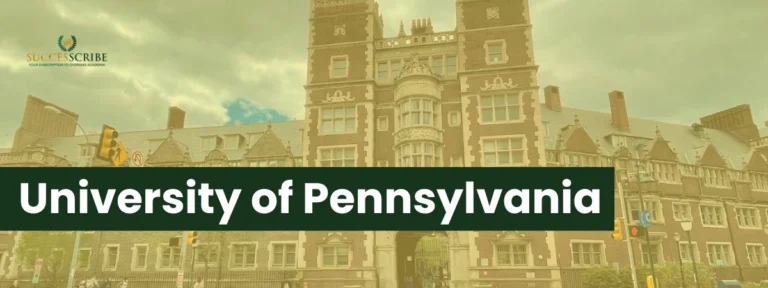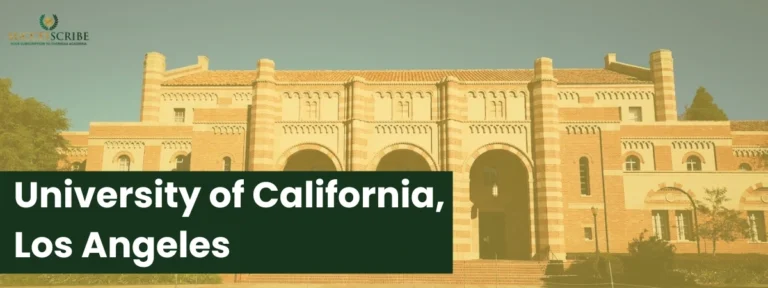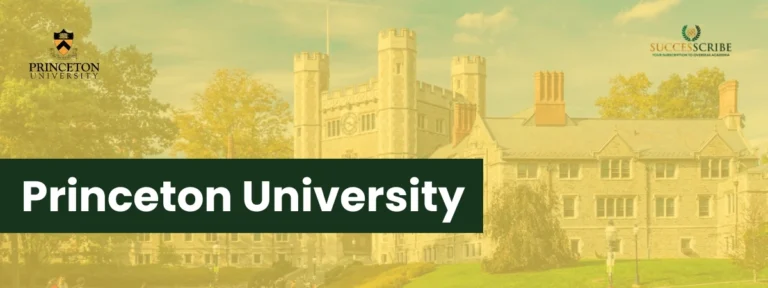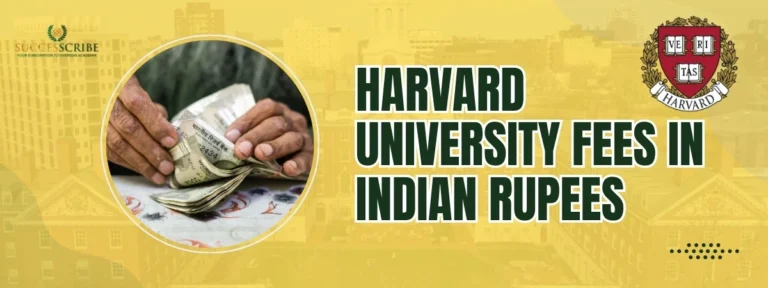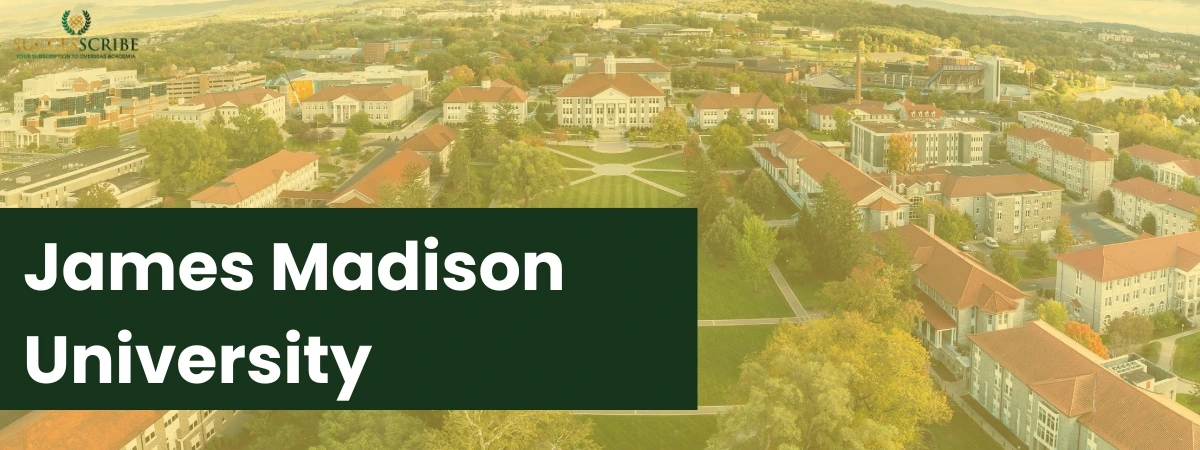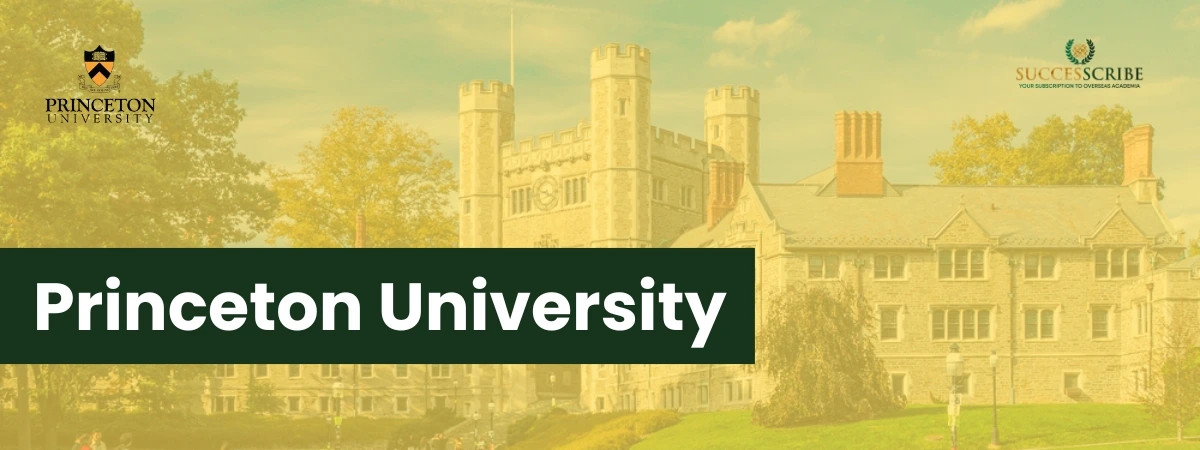Dentistry is one of the most rewarding and respected healthcare professions in the United States. The country is home to globally ranked dental schools that offer comprehensive programs, blending advanced research, hands-on clinical practice, and patient care. Dental Courses in USA open the door to world-class education, advanced clinical training, and career opportunities that place you among the top 2% of global dental professionals. International students often choose the USA for dental studies due to its world-class training and high career prospects.
Types of Dental Courses in USA

The United States offers a wide variety of dental programs designed to meet the needs of both domestic and international students. These courses not only prepare students for licensure but also provide opportunities for advanced specialization. Below are the main types of dental courses in the USA:
1. Pre-Dental Programs
- Usually pursued at the undergraduate level (Bachelor of Science in Biology, Chemistry, or Health Sciences).
- Focuses on building a strong foundation in biological sciences, chemistry, physics, and anatomy.
- Helps students prepare for the Dental Admission Test (DAT), which is required for entry into dental schools.
2. DDS (Doctor of Dental Surgery) / DMD (Doctor of Dental Medicine)
- The primary professional dental degrees in the USA.
- Duration: 4 years (full-time).
- Both degrees are equivalent; the title depends on the dental school.
- Curriculum includes:
- Pre-clinical coursework: anatomy, oral biology, pathology.
- Clinical training: direct patient care, dental procedures, and hands-on experience.
- Graduates are eligible for licensure and independent practice.
3. Dental Hygiene Programs
- Focus on preventive care and patient oral health education.
Levels:
- Associate Degree (2 years) – prepares graduates to work as licensed dental hygienists.
- Bachelor’s Degree (4 years) – offers broader training with career options in research, teaching, or advanced clinical roles.
4. Advanced Standing Programs (for International Dentists)
- Specially designed for foreign-trained dentists who want to practice in the USA.
- Duration: 2–3 years (depending on the school).
- Allows international dentists to earn a U.S.-accredited DDS/DMD degree.
- Includes a mix of advanced coursework and clinical training.
5. Postgraduate Specializations (Residency Programs)
After completing a DDS/DMD, students can pursue residency programs to specialize. Duration ranges from 2 to 6 years, depending on the field:
- Orthodontics – alignment of teeth and jaws.
- Periodontics – treatment of gum diseases.
- Endodontics – root canal therapies.
- Prosthodontics – replacement of missing teeth (implants, dentures).
- Pediatric Dentistry – oral care for children.
- Oral & Maxillofacial Surgery – surgical treatment of facial/dental conditions.
Suggested Post: Dental hygienist course in USA
Want to Study in Europe?
Start your journey with Successcribe’s free expert guidance
Book a Free Session NowAdmission Requirements for Dental Courses in USA
Gaining admission to dental schools in the USA is highly competitive, as programs emphasize both academic excellence and practical readiness.
1. Educational Background
- A Bachelor’s degree (typically 4 years) is mandatory before applying.
- Preferred majors: Biology, Chemistry, Biochemistry, Health Sciences, or related fields.
Completion of prerequisite courses is essential, including:
- General & Organic Chemistry
- Biology with Lab
- Physics
- Anatomy & Physiology
- English / Communication skills
- Mathematics / Statistics
2. Dental Admission Test (DAT)
- The DAT is compulsory for all applicants.
- It evaluates knowledge in natural sciences, perceptual ability, reading comprehension, and quantitative reasoning.
- Scores range from 1 to 30, with a competitive score being 19–23 or higher.
- The test is administered year-round by the American Dental Association (ADA).
3. Application Process
Applications are submitted through AADSAS (Associated American Dental Schools Application Service), which allows students to apply to multiple dental schools with one form.
Documents required:
- Official transcripts
- DAT scores
- Letters of recommendation (at least 2–3, preferably from science professors or dentists)
- Statement of purpose / personal essay
- Resume or CV
4. English Language Proficiency (for International Students)
- Non-native speakers must submit TOEFL iBT (usually minimum 90–100) or IELTS Academic (minimum 6.5–7.0).
- Some schools may require additional proof of English competency.
5. Interviews
- Shortlisted candidates are invited for in-person or virtual interviews.
- Interviews assess communication skills, motivation for dentistry, and knowledge of the profession.
6. Additional Considerations
- Shadowing/Work Experience: Most schools prefer applicants with 50–100 hours of dental shadowing or clinical volunteering.
- GPA Requirements: Competitive GPA is 3.3–3.7 on a 4.0 scale.
- Background Check & Immunizations: Mandatory before enrollment
Suggested Post: Fulbright scholarship in USA
Duration & Cost of Study for Dental Courses in USA
Studying dentistry in the USA requires both time and financial investment. The duration and tuition fees vary depending on the type of program and the level of specialization. Below is a detailed breakdown:
| Program Type | Duration | Average Tuition (per year) |
| DDS / DMD | 4 years | $45,000 – $80,000 |
| Dental Hygiene Programs | 2 – 4 years | $20,000 – $50,000 |
| Advanced Standing Programs | 2 – 3 years | $50,000 – $75,000 |
| Postgraduate Specializations | 2 – 6 years | $50,000 – $85,000 |
Fees & Scholarships for Dental Courses in USA

Dental Courses in USA cost around $40,000–$75,000 per year, but scholarships like Fulbright-Nehru and ADA Foundation grants help reduce expenses for international students.
Tuition Fees
Studying dentistry in the USA is a significant financial investment. Costs vary depending on whether you choose a public or private dental school, and whether you are a domestic or international student.
| Program Type | Average Annual Tuition (USD) | Total Estimated Cost (USD) |
| DDS / DMD (4 years) | $45,000 – $80,000 | $180,000 – $320,000 |
| Advanced Standing Program (2–3 yrs) | $50,000 – $75,000 | $100,000 – $225,000 |
| Dental Hygiene (Associate – 2 yrs) | $20,000 – $35,000 | $40,000 – $70,000 |
| Dental Hygiene (Bachelor – 4 yrs) | $25,000 – $50,000 | $100,000 – $200,000 |
| Postgraduate Specializations (2–6 yrs) | $50,000 – $85,000 | $100,000 – $510,000 |
Apart from tuition, students should budget $15,000 – $25,000 per year for living expenses (housing, food, transport, health insurance, books, etc.), depending on the city.
Scholarships & Financial Aid
While dental education is expensive, several scholarships and funding opportunities are available for international and U.S. students.
1. ADEA (American Dental Education Association) Scholarships
- ADEA/Crest Oral-B (Predoctoral): $5,500 for students committed to academic careers
- ADEA/Crest Oral-B (Dental Hygiene): $3,000, for dental hygiene students with academic interests
- ADEA/GlaxoSmithKline Preventive Dentistry Scholarship: $2,500, awarded to students demonstrating excellence in preventive dentistry
Tylenol Future Care Scholarship:
- Ten scholarships at $10,000 each
- Twenty-five at $5,000 each
2. Other Notable Scholarships
- Harvard “Leaders in Dentistry” Grant: For top 5% applicants to Harvard Dental School
International Opportunities:
- ICD Global Visionary Fund – supports international dental students for tuition and living expenses
- Colgate-Palmolive Scholarships for Dental Students – covers tuition and related expenses.
- ADEA/Sunstar—Jack Bresch Research Fellowships – for international students in dental research.
3. Institutional & Other Aid
- Many schools offer merit-based scholarships, need-based aid, or research fellowships. For instance:
- NYU and University of Michigan have internal grants and financial aid options for qualified applicants.
- Harvard provides need-based fellowships for graduate students
Suggested Post: MBBS in USA without NEET for Indian students
Dental Courses in USA After 12th for Indian Students
Pursuing dental courses in the USA right after completing Class 12th in India is possible, but the pathway is slightly different compared to Indian education. In the USA, students cannot directly enroll in a professional dental degree like DDS (Doctor of Dental Surgery) or DMD (Doctor of Medicine in Dentistry) after 12th. Instead, they must first complete undergraduate studies before applying for dental school.
Pathway for Indian Students After 12th
- Undergraduate Program (Pre-Dental Track):
- Duration: 4 years
- Students must pursue a Bachelor’s degree in subjects like Biology, Chemistry, or Pre-Dentistry.
- During this program, students take prerequisite courses (organic chemistry, physiology, anatomy, etc.) required for dental school admission.
- Dental Admission Test (DAT):
- Conducted by the American Dental Association (ADA).
- Mandatory for admission into dental schools in the USA.
- Professional Dental Program (DDS/DMD):
- Duration: 4 years
- After completing the undergraduate degree and DAT, students can apply for DDS or DMD programs in accredited dental schools.
Eligibility Requirements After 12th
- Completion of Class 12 (Science stream with Biology, Chemistry, Physics).
- Strong academic record (generally 80% or above) to secure admission into a good US undergraduate program.
- English proficiency test scores: IELTS (6.5–7.5) / TOEFL (90–100+).
- SAT/ACT scores (depending on university requirements).
- Valid student visa (F-1 Visa).
Cost of Study After 12th
- Undergraduate (Pre-Dental): USD 25,000 – 45,000 per year.
- DDS/DMD Programs: USD 50,000 – 75,000 per year.
Scholarships Available
- Fulbright-Nehru Scholarship (for Indian students).
- AAUW International Fellowships.
- University-specific scholarships like the Harvard Presidential Scholarship or NYU Global Pathways Award.
Suggested Post: Scholarships for bachelors in USA
Dental Courses in USA After BDS
For international students who have completed BDS (Bachelor of Dental Surgery) in India or another country, pursuing dental education in the USA is a popular pathway to gain global recognition and qualify for practice in the U.S. However, it’s important to understand that a foreign BDS degree is not directly valid for practicing dentistry in the USA. To become a licensed dentist, international graduates must enroll in specific programs.
1. Advanced Standing Programs / International Dentist Programs
- These are 2–3 year programs offered by many U.S. dental schools.
- They allow foreign-trained dentists to obtain a U.S.-accredited DDS (Doctor of Dental Surgery) or DMD (Doctor of Dental Medicine) degree.
- After completion, graduates are eligible for state licensure and can practice in the USA.
Admission Requirements:
- BDS degree + transcripts
- INBDE (Integrated National Board Dental Examination) or NBDE Part I & II (some schools still accept NBDE until it is phased out)
- TOEFL iBT (minimum 90–100 score)
- Clinical/observership experience in the USA (preferred)
- Letters of recommendation
2. Postgraduate Specialization (Residency Programs)
- BDS graduates may also apply for specialty training in the U.S., but most programs require a U.S. DDS/DMD first.
- Some residencies, however, admit international dentists directly (depending on state and program).
Common specializations:
- Orthodontics (2–3 years)
- Periodontics (3 years)
- Endodontics (2–3 years)
- Prosthodontics (3 years)
- Oral & Maxillofacial Surgery (4–6 years)
3. Dental Hygiene and Public Health Programs
- Some BDS graduates choose to pursue related fields such as:
- Master of Public Health (MPH in Dentistry) – 1–2 years
- Dental Hygiene Programs (for those wanting quicker entry into patient-care roles).
- These do not lead to dentist licensure but open opportunities in research, academics, and public health administration.
To practice as a licensed dentist in the USA after BDS, enrolling in an Advanced Standing DDS/DMD program is the most direct and widely accepted route. Specializations and public health courses are optional pathways depending on career goals.
Suggested Post: MBA in USA without GMAT
Top Dental Schools in USA
The United States is home to some of the world’s leading dental schools, offering DDS, DMD, residency programs, and research opportunities. Below is a table of the top-ranked dental schools in the USA, their key programs, and location:
| University / School | Location | Global / National Rank | Programs Offered |
| Harvard School of Dental Medicine (HSDM) | Boston, Massachusetts | QS Global: #1 | DMD, Advanced Graduate Education (Orthodontics, Periodontology, Prosthodontics), Oral Biology PhD |
| University of Michigan School of Dentistry | Ann Arbor, Michigan | QS Global: #2, US News: Top 5 | DDS, Dental Hygiene, MS/PhD in Oral Health Sciences, Residency Program |
| University of North Carolina at Chapel Hill (UNC Adams School of Dentistry) | Chapel Hill, North Carolina | QS Global: #3 | DDS, Dental Hygiene, Advanced Dental Education (Endodontics, Orthodontics, Prosthodontics), PhD |
| University of California, San Francisco (UCSF) School of Dentistry | San Francisco, California | QS Global: #6 | DDS, MS/PhD in Oral & Craniofacial Sciences, Residency Programs (Oral Surgery, Endodontics, Prosthodontics) |
| University of Pennsylvania (UPenn) School of Dental Medicine | Philadelphia, Pennsylvania | QS Global: #7 | DMD, Postdoctoral Dental Education (Oral Medicine, Orthodontics, Periodontics), MS/PhD programs |
| New York University (NYU) College of Dentistry | New York, New York | QS Global: #10 | DDS, Dental Hygiene, International Dentist Program (IDP), MS in Biomaterials, Residency Programs |
| Columbia University College of Dental Medicine | New York, New York | QS Global: Top 15 | DDS, Advanced Dental Education (Pediatric Dentistry, Periodontics, Endodontics), Research PhD |
| University of Washington School of Dentistry | Seattle, Washington | US News: Top 10 | DDS, MS/PhD in Oral Biology, Residency in Orthodontics, Prosthodontics, Periodontics |
| Boston University Henry M. Goldman School of Dental Medicine (GSDM) | Boston, Massachusetts | QS Global: Top 20 | DMD, Advanced Standing DMD (for International Dentists), MS/PhD in Oral Biology, Specialty Residency Programs |
| Tufts University School of Dental Medicine | Boston, Massachusetts | QS Global: Top 25 | DMD, Postgraduate Programs (Orthodontics, Endodontics, Prosthodontics, Pediatric Dentistry), Research Opportunities |
Apply to Top European Universities
Make your application simple and stress-free with Successcribe
Get Expert Help NowTop Dental Exams in the USA

To study and practice dentistry in the USA, international and domestic students must clear certain entrance and licensing exams. These exams ensure candidates meet the high standards of dental education and patient care in the country.
| Exam Name | Purpose | Conducted By | Who Should Take It? |
| DAT (Dental Admission Test) | Entrance exam for DDS/DMD programs in the USA | American Dental Association (ADA) | Students applying after 12th or undergraduate studies (domestic + international) |
| NBDE Part I & II (Now INBDE) | Licensing exam for dental students/graduates | Joint Commission on National Dental Examinations (JCNDE) | International dentists (after BDS) or U.S. dental graduates |
| INBDE (Integrated National Board Dental Examination) | Replaced NBDE I & II; tests applied biomedical, clinical, and behavioral sciences | JCNDE (ADA) | Must be cleared before U.S. state licensure |
| TOEFL iBT / IELTS | English language proficiency for admission | ETS (TOEFL) / IDP & British Council (IELTS) | International students (including Indians) |
| GRE (sometimes required) | General test for master’s/Ph.D. programs in dental sciences | ETS | Some universities require it for advanced dental programs |
Suggested Post: SOP for MBA in USA
Career Prospects After Dental Courses in USA

Completing dental courses in the USA opens up a wide range of rewarding and high-paying career opportunities. Dentistry consistently ranks among the top healthcare professions in terms of demand, job satisfaction, and salary. Graduates can either practice independently, join private or group practices, or explore research, academic, and hospital-based roles.
1. Job Roles for Dentists in USA
After completing DDS, DMD, or specialization programs, international and domestic graduates can pursue:
- General Dentist – Providing routine check-ups, fillings, crowns, and preventive care.
- Orthodontist – Specializing in alignment of teeth and jaws using braces and aligners.
- Oral and Maxillofacial Surgeon – Performing surgical procedures like extractions, implants, and facial reconstruction.
- Periodontist – Focusing on gum health and treatment of periodontal diseases.
- Prosthodontist – Designing and fitting artificial teeth, crowns, and bridges.
- Endodontist – Specializing in root canal therapy and pulp treatments.
- Pediatric Dentist – Treating oral health issues of children and adolescents.
- Dental Public Health Specialist – Working on community-based oral health programs and research.
- Academic / Researcher – Teaching in dental schools or conducting advanced oral health research.
2. Expected Salaries
According to the U.S. Bureau of Labor Statistics:
| Job Role | Average Annual Salary (USD) |
| General Dentist | $159,530 |
| Orthodontist | $237,990 |
| Oral & Maxillofacial Surgeon | $239,030 |
| Prosthodontist | 162,720 |
| Endodontist | $198,850 |
| Periodontist | $174,110 |
| Pediatric Dentist | $168,740 |
| Dental Hygienist (support role) | $89,890 |
3. Job Outlook
- Employment Growth: Dentistry jobs in the U.S. are projected to grow 4–6% from 2022 to 2032 (BLS data), which is as fast as the average for all healthcare occupations.
- High Demand Areas: Rural and underserved communities in the U.S. show strong demand for qualified dentists.
- Work Settings: Private practice, hospitals, dental schools, government agencies, and corporate clinics.
Conclusion
Every year, more than 25,000 international students apply for healthcare-related studies in the U.S., and among them, Dental Courses in USA remain one of the top choices. The average cost of pursuing dentistry ranges between $200,000–$300,000 for the full program, but the career outcomes justify this investment, dentists earn an average salary of $180,000 per year, while specialists like prosthodontists and oral surgeons can make over $300,000 annually.
FAQs
Can I practice as a dentist in the USA directly after completing BDS in India?
No. A BDS degree from India is not directly valid for clinical practice in the USA. You will need to either complete the Advanced Standing DDS/DMD program (2–3 years) or pursue a specialization through CODA-accredited programs to obtain licensure.
What is the acceptance rate for international students in U.S. dental schools?
The acceptance rate is very competitive, around 3–5% for international students. For example, schools like NYU College of Dentistry admit a higher number of international candidates, while top Ivy League schools admit fewer.
Can Indian students work part-time during their dental studies in USA?
Yes, on an F-1 student visa, students can work up to 20 hours/week on-campus. However, dental courses are highly demanding, so part-time work is limited. OPT (Optional Practical Training) allows up to 12 months of work post-graduation.
Which dental course is the fastest pathway for Indian BDS graduates to practice in the USA?
The Advanced Standing DDS/DMD (2–3 years) is the fastest and most direct route to get licensed as a general dentist in the USA.
How long does it take for an Indian student to become a licensed dentist in the USA?
On average, it takes 4–6 years after BDS:
1. 2–3 years for DDS/DMD (Advanced Standing).
2. 1–3 years for licensing exams, clinical training, or specializations.
Related Post
Bachelor in Computer Science in USA
BTech in USA for Indian students
Engineering management courses in USA
Required Exams to study in USA


